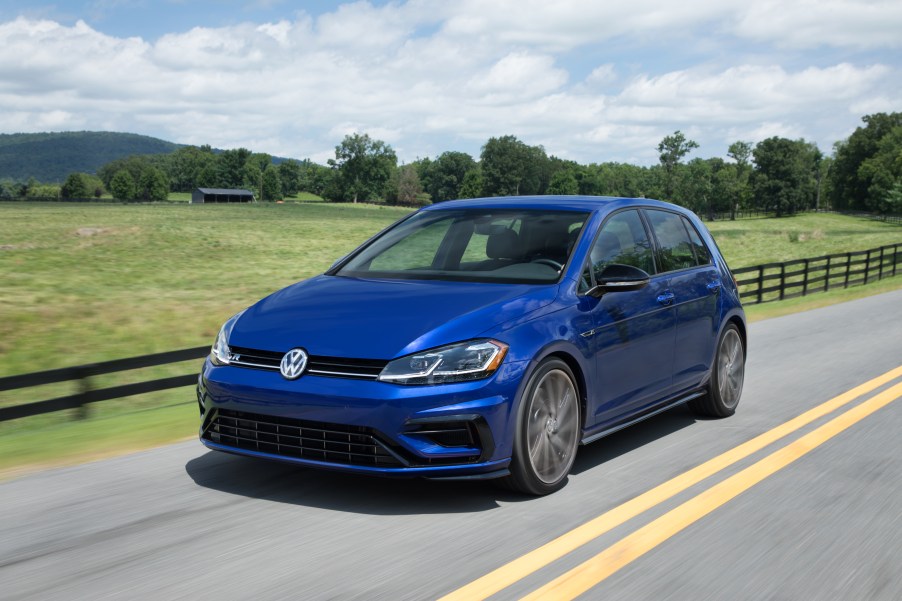
New Volkswagen Diesel Claims 80% Emissions Reduction
With the continuing fraud charges and fines in the billions of dollars that Volkswagen and other manufacturers are facing by what has been called “dieselgate,” it’s a bit hard to keep a straight face with this latest VW news. That being said, VW announced today a new generation of 2.0-liter TDI Evo diesel engines that emit 80% fewer NOx particulates.
What Dieselgate Is
VW does not hesitate to add that the 80% reduction is for real-world driving. The significance of that is VW was caught cheating with its emissions systems on previous diesel vehicles. Basically, the cheat involved turning on the system when it detected testing occurring, and then turning it off during actual driving.
The goal was to pass emissions tests because the engine underperformed considerably if the emissions system was left on during actual driving. You know, the thing that the car was actually developed for.
“Clean Diesel” Cheat
VW’s new-wave of “clean diesel” engines were touted as being super clean when they first rolled out in 2009. The marketing worked, and diesel sales rose substantially in the US. Since the discovered fraud hundreds of thousands of VW cars have been recalled, and VW dropped all of its diesel models from its product portfolio in the US.
VW continues to face legal challenges and still, more fines. And though it has not made big news, the “fix” for correcting models with the diesel cheat has also been found to do a similar system defeat for testing, so there is potential for a whole new round of more bad press and billion-dollar fines.
European-Only Golf MK8
Honestly, we never expected a comeback for Volkswagen diesel engines, at least not in the US. Ever. Right now this is a European-only engine for the Golf MK8. VW calls it “SRC” for selective catalytic reduction. It is speculated this will be a core engine for European VWs from here on out.
What is SRC?
SRC uses two AdBlue injectors instead of the previous one injector in what VW calls “twin dosing.” AdBlue injectors are water-type injectors that shoot a solution of one-third urea and two-thirds deionized water. Injected into diesel exhaust it reduces the harmful nitrous-oxide particulates into ammonia and nitrogen. This safe byproduct is then passed out of the exhaust.
The previous system used a single AdBlue injector. So, this newer iteration uses two. One injector is placed close to the diesel combustion, ahead of the first catalytic converter. A second injector is placed ahead of a second catalytic converter. So the theory is what one can’t do, two certainly must.
Can Owners Defeat This System, Too?
A tank must be installed to hold the AdBlue solution, so the questions are how much space does it take and how often must it be filled? Also, if the owner does not refill the tank does it harm the catalytic converter?
Packaging a large container for the AdBlue mixture could be problematic. And once the solution is used up, if the owner doesn’t refill the tank it would seem that the same old diesel exhaust will be the result.
Price Paid For Diesel Vehicles
Another thing to concern owners is how many bandaids does it take to drive a diesel that doesn’t excessively pollute? Now there are two injectors that can potentially fail plus the added complexity to the vehicle itself. And, there is added weight with more converters, engineering to package an additional converter, and the added cost of production.
VW knows the world is looking. Everyone hopes that this latest “clean diesel” really is.



